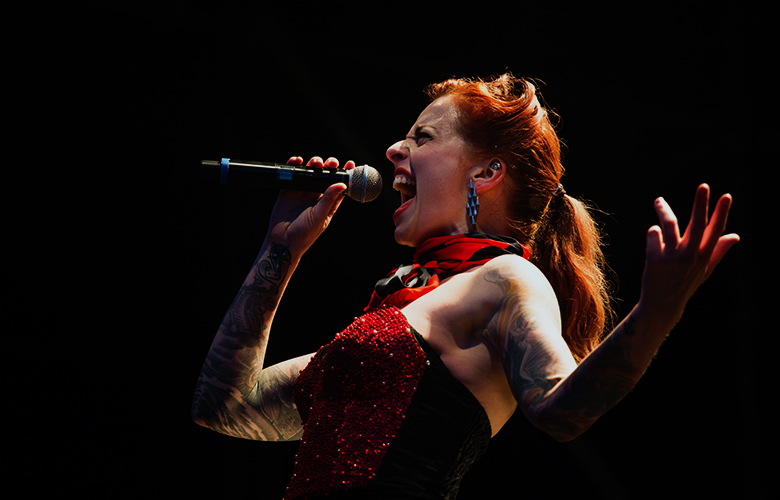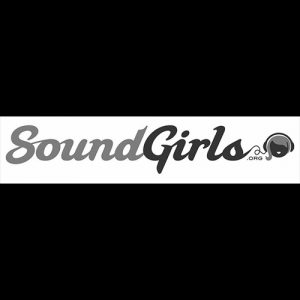
When you work on a production, you never really know what sort of life it’s going to have after that initial run or tour. A production you designed two years ago may suddenly get another run, and you realise you need to dig out all your sounds and designs and make them work in a different venue. Or, you need to hand it over to an associate to do the same. It’s at times like these that you discover the value of two things: accurate, detailed documentation and an organised filing system.
I know that documentation and filing are the least exciting aspects of a creative sound role, but I cannot overemphasize how much they will save your bacon when you need to recreate the sound design for a show.
In the time sensitive, pressured environment of theatre and theatrical productions, it’s very easy to let documentation lapse, so you need to either delegate the task or make time for it. You don’t want to be tearing your hair out the night before tech week kicks off because you have no idea where you put that crucial sound effects file you recorded four years ago.
Here’s a starter list for what you should be capturing during the production of a show:
Managing your documentation should be an integral part of your sound design work, not an addition to it. Do it once and thoroughly for each production, and you’ll save yourself a lot of potential headaches in the future.
Article by SoundGirl: Kirsty Gillmore
Another great article by SoundGirls: Julie Rix: Sound Engineer/Music Industry Professional
Follow SoundGirls on Instagram, Twitter


The mission of SoundGirls.org is to inspire and empower the next generation of women in audio. Our mission is to create a supportive community for women in audio and music production, providing the tools, knowledge, and support to further their careers. SoundGirls.Org was formed in 2013 by veteran live sound engineers Karrie Keyes and Michelle Sabolchick Pettinato and operates under the Fiscal Sponsorship of The California Women’s Music Festival, a 501(c)3 non-profit organization. In 2012, Karrie and Michelle participated in the “Women of Professional Concert Sound” panel at the AES Conference in San Francisco. The panel was hosted by the Women’s Audio Mission (WAM) and moderated by WAM founder Terri Winston. Terri brought together five women working in live and broadcast audio. The groundbreaking panel (which also included Jeri Palumbo, Claudia Engelhart and Deanne Franklin), provided young women and men a glimpse into life on the road, tips and advice, and a Q & A with the panelists. More importantly though, was how incredibly powerful the experience was for the panelists. We had all been in the business for 20 years or more, yet most of us had never met before that day and within minutes we bonded like long-lost sisters. We were struck by how similar our experiences, work ethics, and passions were and wondered why our paths had never crossed and how our careers would have been different had we been there to support each other through the years. Each of us are strong on our own, but together we were even stronger and a powerful force. We were empowered. Each of us had been asked hundreds of times in our careers: Are there other women doing sound? How did you get into sound? How would a young woman go about getting into sound? Through creating SoundGirls.Org, we hope to establish a place for women working in professional audio to come for support and advice, to share our success and failures, our joys and frustrations, and for empowerment and inspiration.
Read Full Profile© 2021 TheatreArtLife. All rights reserved.

Thank you so much for reading, but you have now reached your free article limit for this month.
Our contributors are currently writing more articles for you to enjoy.
To keep reading, all you have to do is become a subscriber and then you can read unlimited articles anytime.
Your investment will help us continue to ignite connections across the globe in live entertainment and build this community for industry professionals.